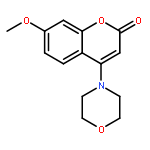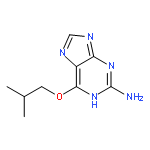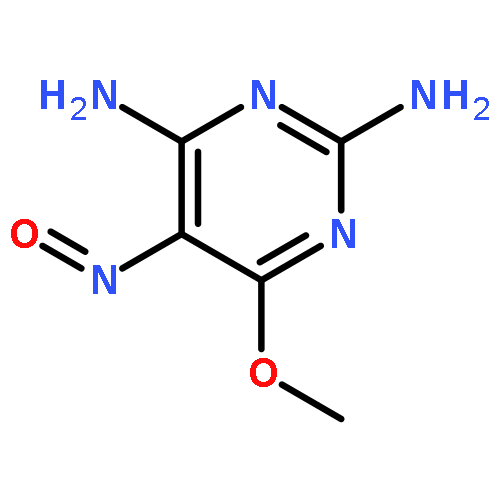Co-reporter:Stephanie M. Myers, Ruth H. Bawn, Louise C. Bisset, Timothy J. Blackburn, Betty Cottyn, Lauren Molyneux, Ai-Ching Wong, Celine Cano, William Clegg, Ross. W. Harrington, Hing Leung, Laurent Rigoreau, Sandrine Vidot, Bernard T. Golding, Roger J. Griffin, Tim Hammonds, David R. Newell, and Ian R. Hardcastle
ACS Combinatorial Science 2016 Volume 18(Issue 8) pp:444
Publication Date(Web):July 11, 2016
DOI:10.1021/acscombsci.5b00155
The extracellular-related kinase 5 (ERK5) is a promising target for cancer therapy. A high-throughput screen was developed for ERK5, based on the IMAP FP progressive binding system, and used to identify hits from a library of 57 617 compounds. Four distinct chemical series were evident within the screening hits. Resynthesis and reassay of the hits demonstrated that one series did not return active compounds, whereas three series returned active hits. Structure–activity studies demonstrated that the 4-benzoylpyrrole-2-carboxamide pharmacophore had excellent potential for further development. The minimum kinase binding pharmacophore was identified, and key examples demonstrated good selectivity for ERK5 over p38α kinase.Keywords: cancer therapy; extracellular-related kinase 5 (ERK5); high-throughput screening; library; p38α kinase; structure−activity studies
Co-reporter:Tim J. Blackburn, Shafiq Ahmed, Christopher R. Coxon, Junfeng Liu, Xiaohong Lu, Bernard T. Golding, Roger J. Griffin, Claire Hutton, David R. Newell, Stephen Ojo, Anna F. Watson, Andrey Zaytzev, Yan Zhao, John Lunec and Ian R. Hardcastle
MedChemComm 2013 vol. 4(Issue 9) pp:1297-1304
Publication Date(Web):18 Jul 2013
DOI:10.1039/C3MD00161J
Screening identified 2-(3-((4,6-dioxo-2-thioxotetrahydropyrimidin-5(2H)-ylidene)methyl)-2,5-dimethyl-1H-pyrrol-1-yl)-4,5,6,7-tetrahydrobenzo[b]thiophene-3-carbonitrile as an MDM2–p53 inhibitor (IC50 = 12.3 μM). MDM2–p53 and MDMX–p53 activity was seen for 5-((1-(4-chlorophenyl)-2,5-diphenyl-1H-pyrrol-3-yl)methylene)-2-thioxodihydropyrimidine-4,6(1H,5H)-dione (MDM2 IC50 = 0.11 μM; MDMX IC50 = 4.2 μM) and 5-((1-(4-nitrophenyl)-2,5-diphenyl-1H-pyrrol-3-yl)methylene)pyrimidine-2,4,6(1H,3H,5H)-trione (MDM2 IC50 = 0.15 μM; MDMX IC50 = 4.2 μM), and cellular activity consistent with p53 activation in MDM2 amplified cells. Further SAR studies demonstrated the requirement for the triarylpyrrole moiety for MDMX–p53 activity but not for MDM2–p53 inhibition.


![Benzoic acid, 4-[[2-(trimethylsilyl)ethoxy]methoxy]-, ethyl ester](http://img.cochemist.com/ccimg/849800/849723-54-2.png)
![Benzoic acid, 4-[[2-(trimethylsilyl)ethoxy]methoxy]-, ethyl ester](http://img.cochemist.com/ccimg/849800/849723-54-2_b.png)






![4H-Thiopyran-4-one, 2-(4'-hydroxy[1,1'-biphenyl]-3-yl)-6-(4-morpholinyl)-](http://img.cochemist.com/ccimg/500200/500169-59-5.png)
![4H-Thiopyran-4-one, 2-(4'-hydroxy[1,1'-biphenyl]-3-yl)-6-(4-morpholinyl)-](http://img.cochemist.com/ccimg/500200/500169-59-5_b.png)




![Ethanamine, 2-[[(1,1-dimethylethyl)diphenylsilyl]oxy]-](http://img.cochemist.com/ccimg/91600/91578-89-1.png)
![Ethanamine, 2-[[(1,1-dimethylethyl)diphenylsilyl]oxy]-](http://img.cochemist.com/ccimg/91600/91578-89-1_b.png)



